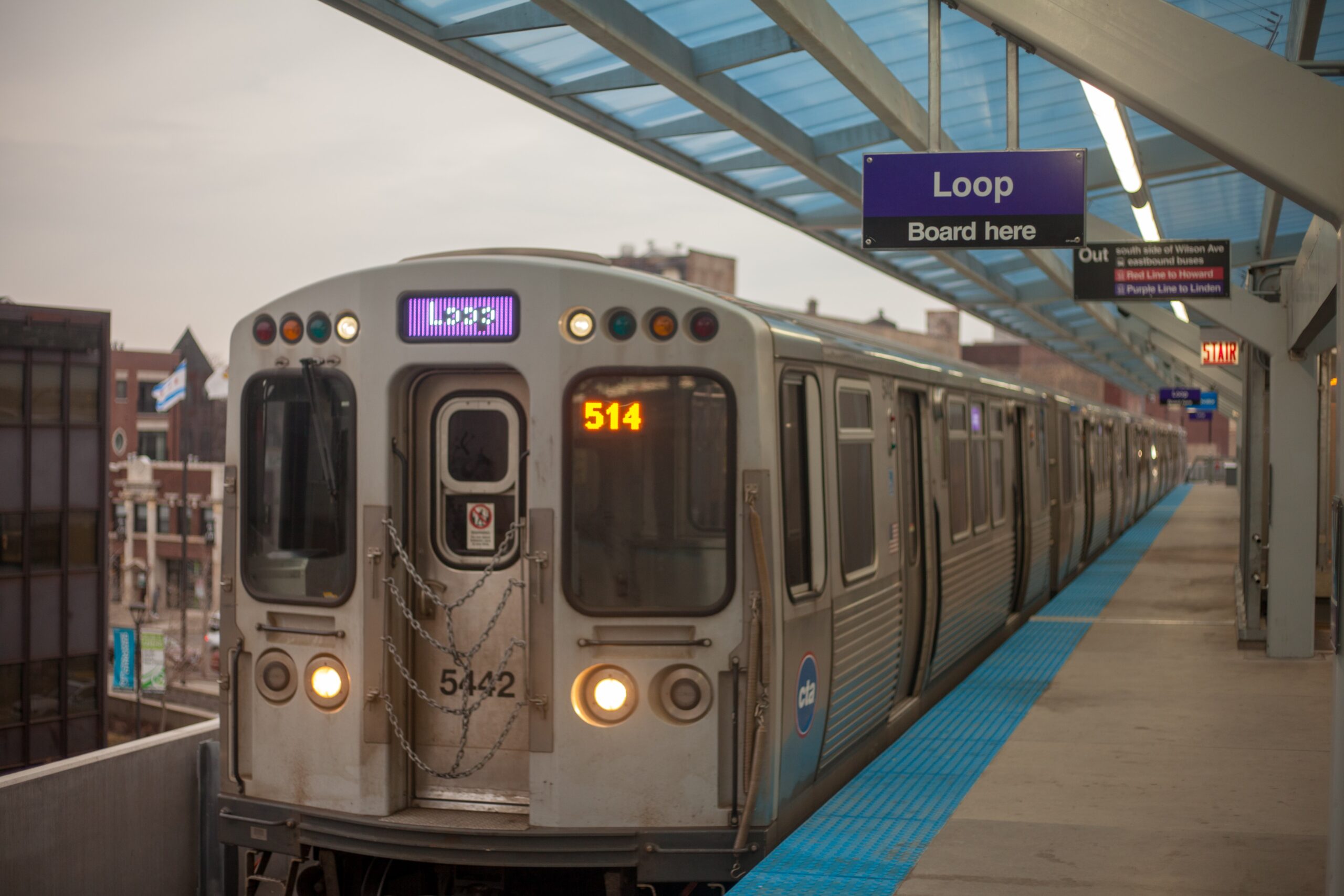How Transit Makes Housing More Affordable

A new study by Matan Singer at the University of Michigan covering twenty-seven metropolitan regions shows how proximity to transit can reduce housing cost burdens for low-income households by reducing transportation costs. While public transit is substantially less expensive than private car ownership, a dearth of affordable housing near transit means these areas are often out of reach for lower-income workers. The research provides further empirical evidence that auto-oriented sprawl is anathema to housing affordability, and that increasing housing affordability near transit should be a high priority.
Key takeaways:
- First, the good news: “transit-rich neighborhoods are more affordable than auto-oriented ones, mainly due to lower transportation costs.”
- Unfortunately, in the 27 metro regions studied, “only a small share of neighborhoods and housing units are affordable to very-low income households.”
- The positive impact of transit on affordability is possible even if dense housing isn’t immediately adjacent to a train station: “a wide range of neighborhood types, and not just [transit-oriented development], may offer affordable options, including for lower-income households.”
Singer brings an important insight to research on transportation and housing affordability: a positive relationship between public transit investment and affordability for the lowest income people. The paper aims to fill a gap in a body of literature with prior studies that (1) “tend to focus on rail-proximate neighborhoods, thus excluding from their analysis the vast majority of neighborhoods in metropolitan areas” and (2) “often adopt a household-level affordability measure, which limits the ability to compare affordability among different income groups.” By broadening the scope of data, Singer can model the impact of transit access and transportation costs across a range of incomes.
By studying block-level data from 27 large US metros, Singer finds clear results: “transit-rich neighborhoods are more affordable than auto-oriented ones, mainly due to lower transportation costs.” This is in spite of prior research finding that “only 6% of neighborhoods, which house 16% of housing units, are affordable to very-low income households,” which means that “low-cost neighborhoods are still unaffordable to lower-income households.”
Solving this puzzle requires a deeper inquiry into what we mean when we talk about affordability, which includes not only housing prices but incomes, access to employment, and thus transportation costs as well. The 27 metro regions can be broken down into cities with “legacy” rail systems including New York and Chicago, regions with heavy rail service since the 1970s such as DC and San Francisco, and regions with only light rail service beginning more recently in the 1980s such as Miami and Portland. Crucially, Singer also surveys neighborhood walk scores to assess the relationship between housing affordability and walkable neighborhoods.
Singer surveys block-level data in metro regions with neighborhoods spanning six basic categories: “dense and walkable, either dense or walkable, and neither dense nor walkable — which are further divided between neighborhoods near rail and away from rail stations.” These neighborhoods are then cross-referenced at the block level with “location affordability measures” that include regional incomes and housing costs along with auto ownership and transit ridership.
The comparison across metro regions with different transit histories provides some key insights: “At the metropolitan level, transportation tends to be more affordable across a larger share of neighborhoods in metropolitan areas with more extensive rail systems like Boston,” Singer reports. “On the other hand, in auto-dependent metropolitan areas like Los Angeles and Atlanta, rail and bus service have a more modest contribution to transportation affordability as households still need to rely on the private vehicle to access key destinations.”
Yet the neighborhood level has even more critical evidence in support of transit access, because dense neighborhoods closer to rail stations show marked affordability benefits “even when these are located away from the central business district.” Even in suburbs farther away from job centers, the impact of walkable neighborhoods close to frequent transit on transportation affordability is pronounced.
Singer’s data shows that “transit benefits that allow households to reduce transportation costs render neighborhoods more affordable than if the transit service was not provided.” This evidence suggests that transit accessibility doesn’t mitigate affordability problems on its own, but it does underscore the importance of increasing affordable housing with robust transit access for lower incomes, because “this effect is not strong enough to maintain housing and transportation costs at affordable levels, especially to lower-income households.”
But Singer also notes that the evidence shows affordability benefits of denser housing in walkable neighborhoods farther away from rail-based public transit (or having only bus service). Neighborhoods with bus service or walkability with less direct access to rail transit still “provide the potential to reduce transportation costs to the levels found in TODs.” This supports a policy approach based on the premise that “a wide range of neighborhood types, and not just TODs, may offer affordable options, including for lower-income households.”